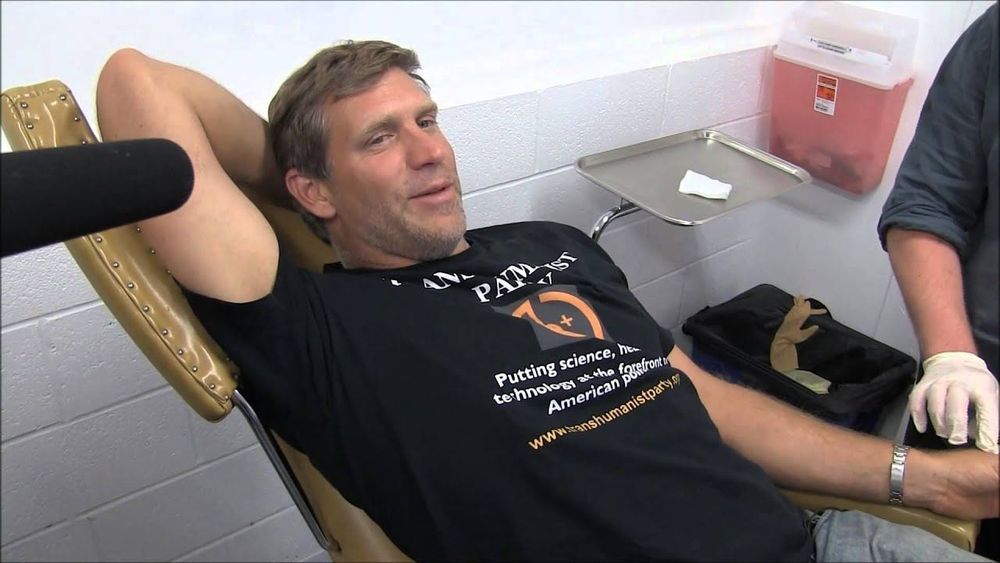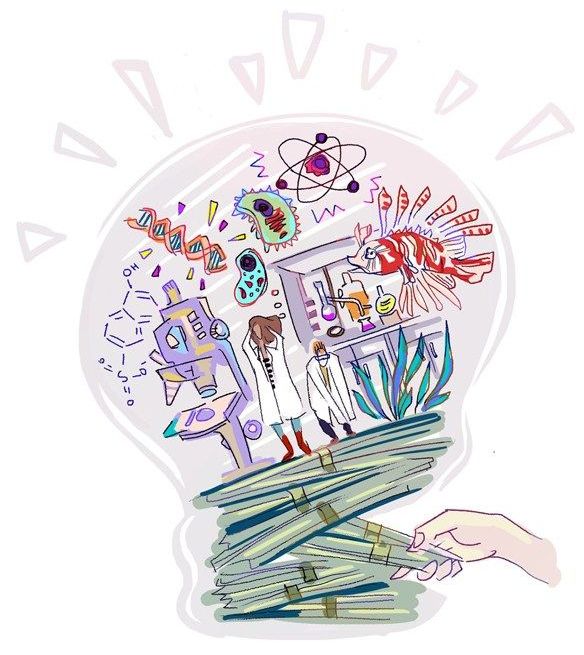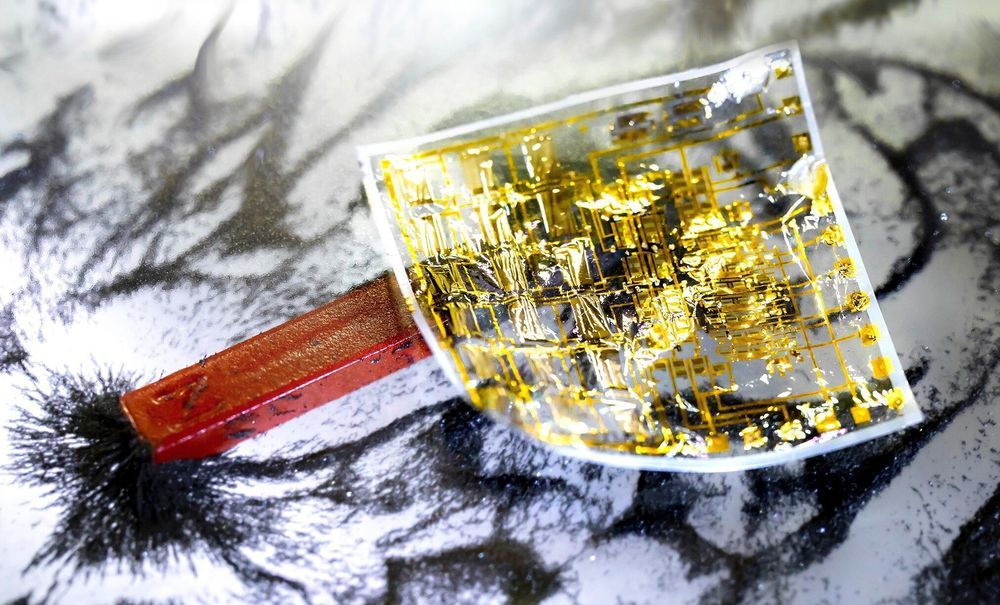Feb 8, 2020
Scientists Plugged a Bionic Eye Directly Into This Woman’s Brain
Posted by Genevieve Klien in categories: biological, computing, cyborgs, neuroscience, transhumanism
Bernardeta Gómez has been blind for 16 years. But using a bionic eye developed by Spanish neuroengineer Eduardo Fernandez, she was able to see again — without using her biological eyes at all.
The system, which Fernandez is honing at his University of Miguel Hernandez lab, comprises a few different parts, as detailed in a newly-published story in MIT Technology Review.
First, there’s a pair of glasses fitted with a camera that connects to a computer. The computer translates the camera’s live video feed into electronic signals. Those signals are then sent via a cable to a port that Fernandez surgically embedded in the back of Gómez’s skull. That port connects to an implant in the visual cortex of Gómez’s brain.


















